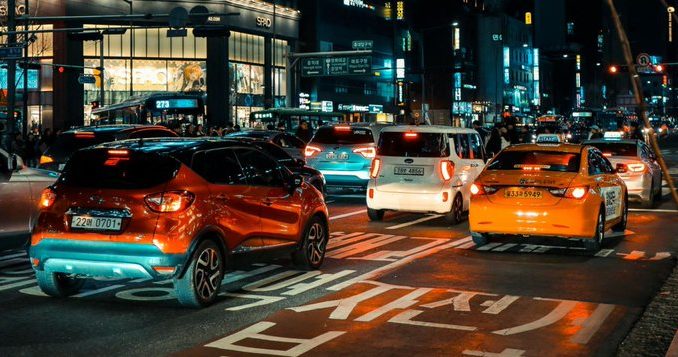
Hyper-realistic virtual worlds have been heralded as the best driving schools for autonomous vehicles (AVs), since they’ve proven fruitful test beds for safely trying out dangerous driving scenarios. Tesla, Waymo, and other self-driving companies all rely heavily on data to enable expensive and proprietary photorealistic simulators, since testing and gathering nuanced I-almost-crashed data usually isn’t the most easy or desirable to recreate.
To that end, scientists from MIT’s Computer Science and Artificial Intelligence Laboratory (CSAIL) created “VISTA 2.0,” a data-driven simulation engine where vehicles can learn to drive in the real world and recover from near-crash scenarios. What’s more, all of the code is being open-sourced to the public.
“Today, only companies have software like the type of simulation environments and capabilities of VISTA 2.0, and this software is proprietary. With this release, the research community will have access to a powerful new tool for accelerating the research and development of adaptive robust control for autonomous driving,” says MIT Professor and CSAIL Director Daniela Rus, senior author on a paper about the research.
VISTA 2.0 builds off of the team’s previous model, VISTA, and it’s fundamentally different from existing AV simulators since it’s data-driven — meaning it was built and photorealistically rendered from real-world data — thereby enabling direct transfer to reality. While the initial iteration supported only single car lane-following with one camera sensor, achieving high-fidelity data-driven simulation required rethinking the foundations of how different sensors and behavioral interactions can be synthesized.
